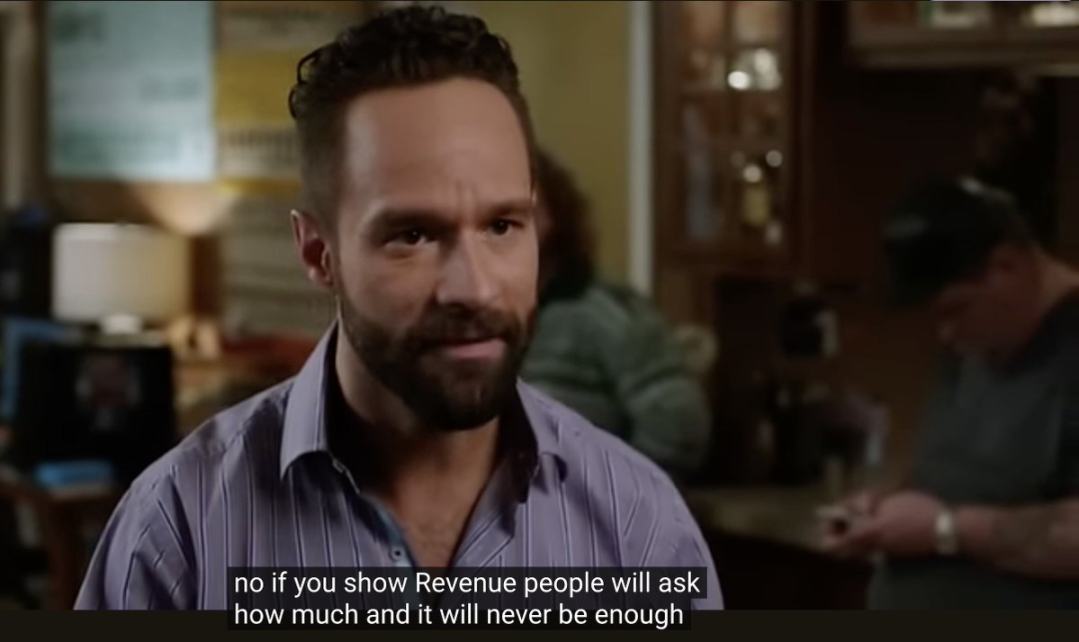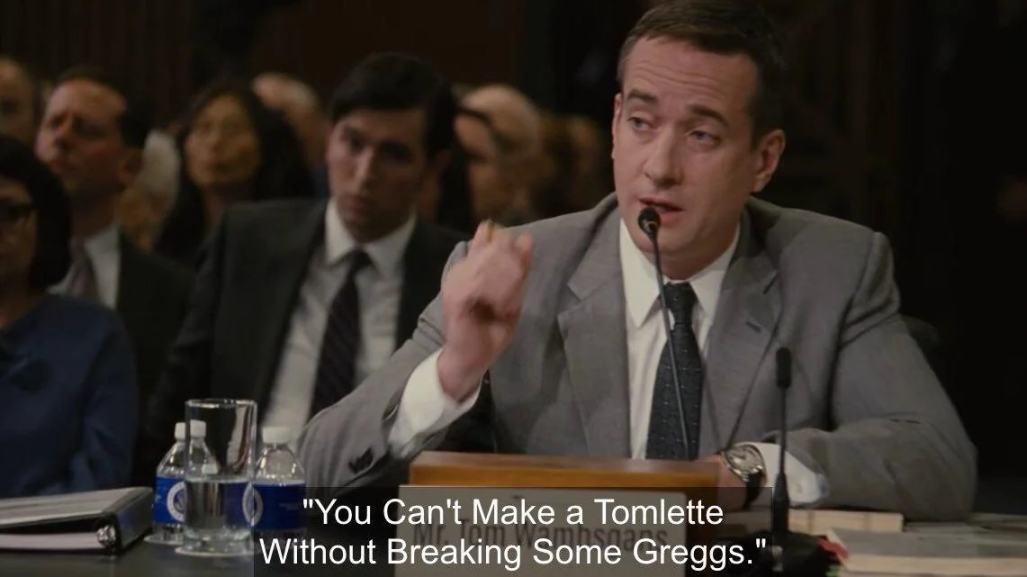Author: rosie
Compiled by: Luffy, Foresight News
Have you noticed that in the cryptocurrency space, projects that can easily raise millions of dollars often have nothing but a flashy website?
This is not just luck, nor is it entirely a scam; it is actually game theory at work.
Do you remember that scene from the TV show "Silicon Valley"? Companies without revenue are valued higher than those that are actually profitable. Venture capitalists explain it this way: "If you show revenue, people will ask 'how much,' and no matter how much it is, it will never be enough. But if you have no revenue, people can dream of unlimited revenue."

The cryptocurrency space has taken this logic to the extreme: the less real your product is, the more funding you can raise. This is not a loophole, but rather one of the most profitable characteristics of the cryptocurrency field.
Reality Limits Valuation
When you have a viable product, you have to face an unsettling thing: reality.
Reality means:
- Actual user numbers (often disappointing)
- Real technical limitations (always frustrating)
- Measurable metrics that cannot be faked (extremely damaging)
But what if a project only has a white paper? Its potential value is limited only by your imagination.
This creates a bizarre situation: projects that are genuinely building something are punished by the market.
Complete Information Game
Game theory ultimately boils down to: people make choices based on the information they know and their own interests.
In the cryptocurrency fundraising process, there are the following parties:
- Project founders (know everything)
- Venture capitalists (know part of the situation)
- Ordinary investors (know almost nothing)
If you are a project founder without a product, the winning strategy is obvious:
- Be vague about everything, but make it exciting
- Talk about potential rather than reality
- Create a fear of missing out (FOMO) at all costs
The more vague you are, the harder it is for others to prove you wrong. The fewer usable features you have, the fewer failures can be exposed.
Why No One Demands Better Results
In game theory, there is a famous scenario called the "prisoner's dilemma," which reveals why people make choices that are detrimental to themselves.
Cryptocurrency investment is no different: if everyone demanded to see a viable product before investing, the market would be much healthier.
But anyone who waits will miss out on early lucrative returns. The earliest investors usually profit the most—even if the project ultimately fails.
Thus, every investor's seemingly wise move (getting in early based solely on promises) leads to a foolish outcome for everyone (more hype than substance).

Selling Dreams vs. Reality
A project with just one article published on Medium can claim to completely transform everything and capture trillions of dollars in value.
Meanwhile, a project with actual code must contend with:
- How many actual users it has
- What the technology can and cannot do
- Why it is falling behind in competition
This gives rise to what I call the "bullshit premium"—the valuation premium gained from being completely unbound by reality.
Collaborative Hype
When no one can distinguish which projects are of high quality, everyone looks for the same signals:
- Which influential people are talking about it
- Which exchanges are listing it
- How quickly the token price is rising
Projects without products can allocate all their resources to creating these signals instead of, you know, doing development.
The less invested in developers, the more can be invested in marketing. And in the cryptocurrency space, marketing always trumps development.
Real Case: All-Star Roster Without Products
The cryptocurrency space resembles a graveyard buried with billions of dollars' worth of white papers, all of which validate the above theory:

- Berachain: Created one of the most fervent communities in the cryptocurrency space, achieving a valuation of billions without launching a mainnet. This proves that in the cryptocurrency field, the less real your product is, the more people can project their dreams onto it.
- Aptos: Raised $350 million for a blockchain project claiming to "process 162,000 transactions per second," only to launch with a capability of just 4 transactions per second. The less evidence required for technical claims, the more funding is obtained.
- Worldcoin: "Providing biometric data in exchange for tokens" somehow sounded like a brilliant idea to venture capitalists, who poured in billions of dollars.
These examples share a common pattern: the more abstract the promises or the more complex the technology, the more funding is raised, and the harder the fall.
Why This Situation Will Not Stop
Logically, investors should demand to see viable products.
But game theory reveals why this will not happen:
- Fear of missing out (FOMO) is real: early investors profit the most, creating pressure to invest before a project is validated.
- You cannot verify claims: most investors lack the technical skills to assess whether a project can deliver on its promises.
- Fund managers do not care: their compensation depends on quarterly returns, not long-term success.
- Incentive mechanisms are broken: what is beneficial for individuals is harmful to the market.
This is why projects without products will continue to raise more funds than those genuinely building practical products.
The rules of the game are not broken; it’s just that some people are playing it too well.
免责声明:本文章仅代表作者个人观点,不代表本平台的立场和观点。本文章仅供信息分享,不构成对任何人的任何投资建议。用户与作者之间的任何争议,与本平台无关。如网页中刊载的文章或图片涉及侵权,请提供相关的权利证明和身份证明发送邮件到support@aicoin.com,本平台相关工作人员将会进行核查。




